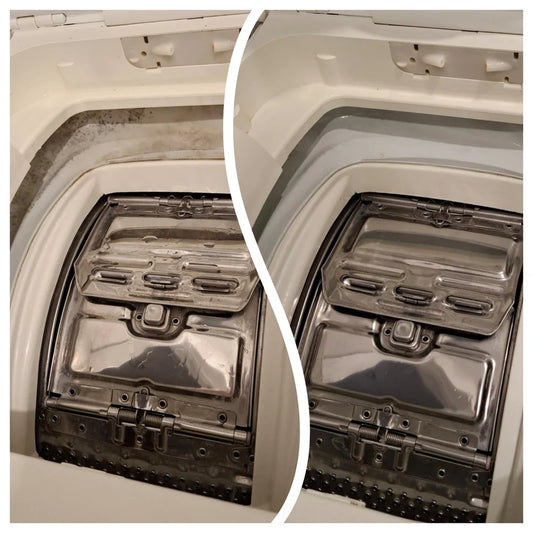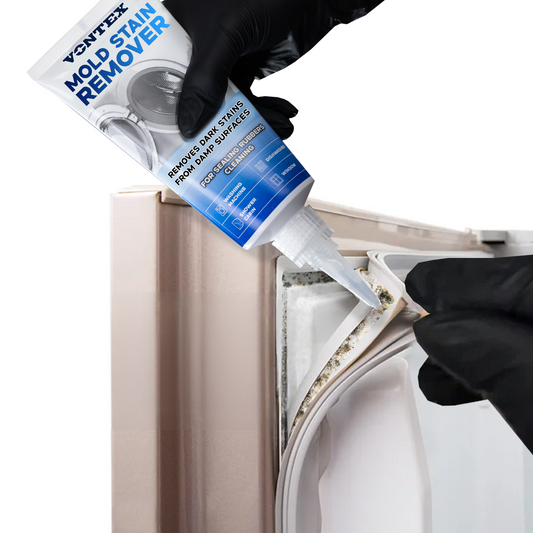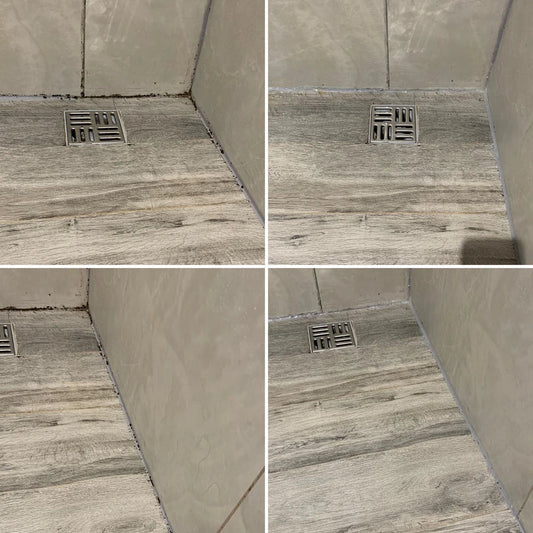The Hidden Impact of Soap Scum on Your Bathroom Surfaces
Share
Soap scum is something every household battles at some point. It may look like a cloudy film on glass doors, a dull layer on tiles, or streaks on bathtubs. But what exactly is it, and why is it so persistent?
Soap scum is the result of a chemical reaction between soap and minerals in water, especially if you live in a hard water area. When the soap combines with calcium and magnesium, it leaves behind a sticky residue that clings to surfaces. Over time, this layer becomes thicker and more difficult to remove.
The problem with soap scum is not just cosmetic. It can make surfaces look older than they are, and it reduces the shine of glass, ceramic, and metal finishes. Left unchecked, it can even attract more dirt and grime, worsening the cycle.
Preventing soap scum comes down to two things: regular maintenance and better water flow. After each shower, quickly wipe down glass doors and tiles with a squeegee. Consider switching to liquid body washes instead of bar soaps, as they tend to leave less residue. Installing a water softener is another long-term solution if you live in a hard water region.
By tackling soap scum early and consistently, you’ll keep your bathroom surfaces looking newer, clearer, and fresher with far less effort.



